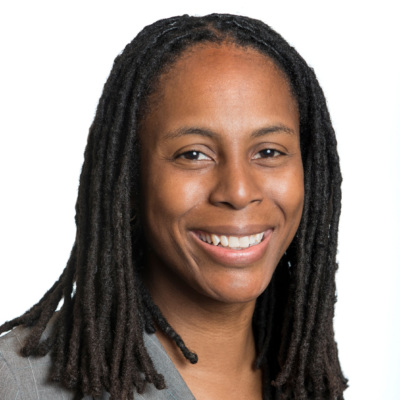From Dire to Catastrophic—How the Pandemic Has Worsened the Well-being of Young People
Washington, DC, October 22, 2020—Even before the pandemic and recession, U.S. youth and young adults—particularly those from communities of color—were facing disproportionately higher rates of poverty, unemployment, income inequality, debt, and unmet health and mental health needs, among other measures of well-being. A new “youth data portrait” from the Center for Law and Social Policy (CLASP) provides greater detail about the extent of those inequities for young people, especially when broken down by race. According to this analysis of the weekly Household Pulse Survey from the U.S. Census Bureau, along with other federal reports, the lack of public policies to support young people was already producing dire consequences before COVID-19. Those consequences are now catastrophic.
Spanning three domains (Economic Justice, Healing & Well-being, and Safe Communities), the data portrait’s findings include:
- Even before the COVID-19 pandemic
- As the national poverty rate declined, young adults consistently experienced higher poverty rates and clocked unemployment rates twice as high as the national average.
- From 2016-2018, the number of young people living in poverty who reported they needed but didn’t receive mental health services grew from 750,000 to more than 1.1 million.
- Young Black men were disproportionately stopped by police, and Black young women were disproportionately arrested when stopped.
- Since the pandemic
- Young people are experiencing brutal unemployment rates that approach and surpass 50 percent for young people of color.
- Upwards of two in three young adults are reporting some level of anxiety and depression.
- Meanwhile, Black and Indigenous communities are continuing to experience high rates of homicide and police violence.
“Our data shows unequivocally that young people—especially those from communities of color—were struggling well before COVID-19 and the summer’s uprisings for racial justice. The pandemic has added fuel to the fire, accelerating inequities that set young people even further back,” said Nia West-Bey, PhD, senior policy analyst at CLASP. “It is unconscionable that very few policymakers are even talking about—let alone enacting—public policies to support young people on a path to economic security.”
Our nation is at a crossroads. We are in the midst of a global pandemic and an economic recession. Since the summer, hundreds of thousands have taken to the streets to protest racial injustice, public lynchings, and police brutality. In the face of these systemic challenges and public health threats, young people are leading and demanding to be seen and heard.
“To respond to these challenges, CLASP will be launching what we call a New Deal for Youth in partnership with youth and young adults,” said Kisha Bird, director of youth policy at CLASP. “Our nation took intentional and bold steps in the wake of the Great Depression and World War II to create new systems and policies to reimagine life for people living in poverty and boost the white middle class. We need this same commitment to youth and young adults now, while centering policies on communities of color most harmed by structural racism, income inequality, unemployment, poverty, debt, police brutality, inequitable education, and an unjust criminal justice system.”
Over the next year, CLASP will spearhead the New Deal for Youth initiative to partner with young adults and engage a broad set of partners, stakeholders, and allies to solicit big, bold ideas to shape our nation’s policy, practice, and public discourse.
